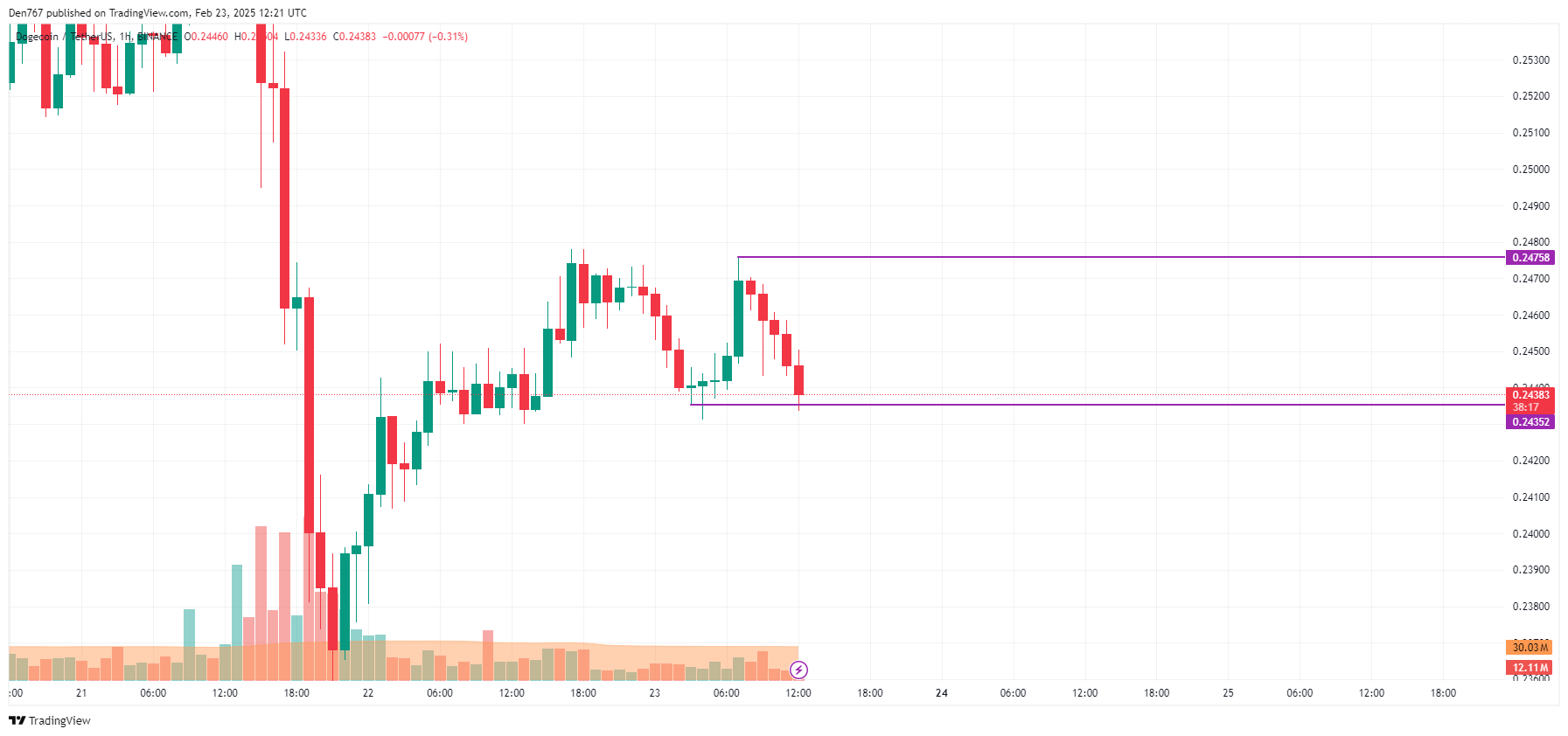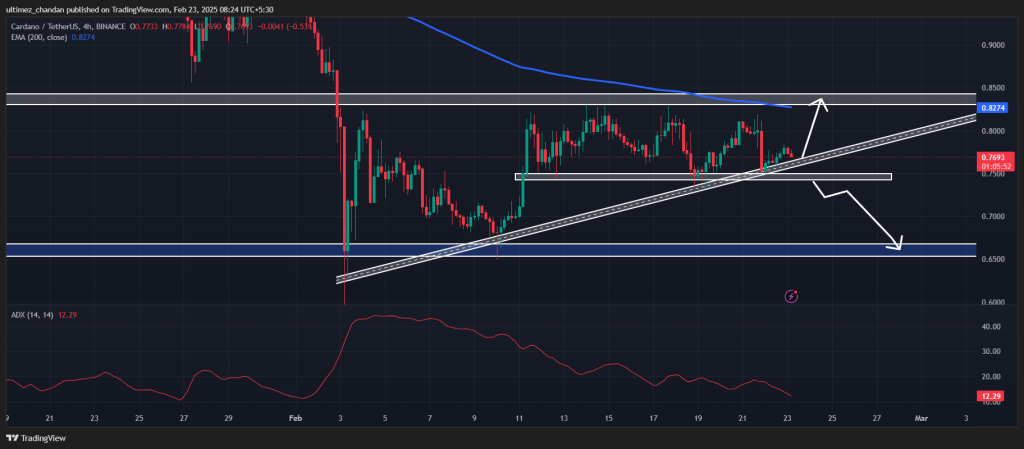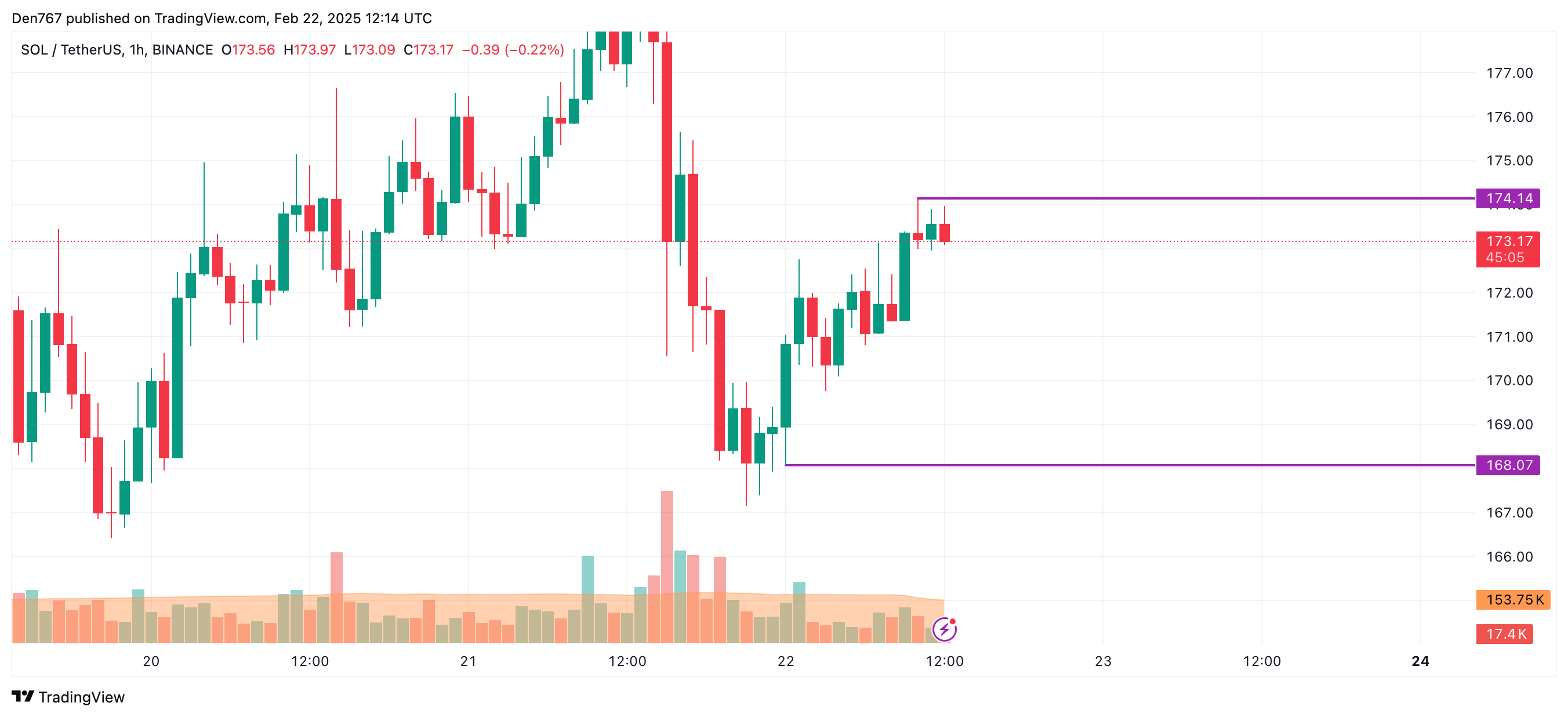Category: Forex News, News
Pound Sterling fails to benefit from strong inflation data
- GBP/USD trades near 1.2600 in the European session on Wednesday.
- Annual CPI inflation in the UK climbed to 3% in January.
- The pair’s technical outlook points to a loss of bullish momentum.
GBP/USD struggles to hold its ground and trades marginally lower on the day at around 1.2600 in the European session on Wednesday. The pair’s technical outlook highlights a loss of bullish momentum.
British Pound PRICE This week
The table below shows the percentage change of British Pound (GBP) against listed major currencies this week. British Pound was the weakest against the Japanese Yen.
| USD | EUR | GBP | JPY | CAD | AUD | NZD | CHF | |
|---|---|---|---|---|---|---|---|---|
| USD | 0.66% | -0.06% | -0.35% | 0.17% | -0.04% | 0.03% | 0.51% | |
| EUR | -0.66% | -0.56% | -1.03% | -0.38% | -0.62% | -0.52% | -0.05% | |
| GBP | 0.06% | 0.56% | -0.38% | 0.18% | -0.00% | 0.04% | 0.52% | |
| JPY | 0.35% | 1.03% | 0.38% | 0.52% | 0.33% | 0.59% | 0.83% | |
| CAD | -0.17% | 0.38% | -0.18% | -0.52% | -0.19% | -0.14% | 0.34% | |
| AUD | 0.04% | 0.62% | 0.00% | -0.33% | 0.19% | 0.10% | 0.57% | |
| NZD | -0.03% | 0.52% | -0.04% | -0.59% | 0.14% | -0.10% | 0.48% | |
| CHF | -0.51% | 0.05% | -0.52% | -0.83% | -0.34% | -0.57% | -0.48% |
The heat map shows percentage changes of major currencies against each other. The base currency is picked from the left column, while the quote currency is picked from the top row. For example, if you pick the British Pound from the left column and move along the horizontal line to the US Dollar, the percentage change displayed in the box will represent GBP (base)/USD (quote).
The data published by the UK’s Office for National Statistics (ONS) showed on Wednesday that annual inflation in the UK, as measured by the change in the Consumer Price Index (CPI), climbed to 3% in January from 2.5% in December. This reading came in above the market expectation of 2.8%. Other details of the report showed that the Services CPI declined by 0.2% on a monthly basis, not allowing Pound Sterling to benefit from the stronger-than-forecast headline CPI reading.
In the second half of the day, the Federal Reserve (Fed) will release the minutes of the January policy meeting.
In case the publication shows that policymakers are willing to wait until the second half of the year before considering another rate cut, the immediate reaction could support the USD. On the other hand, investors could ignore this document if it just repeats that policymakers agree on the need for a cautious approach to policy easing. According to the CME FedWatch Tool, markets nearly fully price in a policy hold in March.
Meanwhile, investors will continue to pay close attention to risk perception. At the time of press, US stock index futures were trading flat. In case markets turn cautious with Wall Street opening on a bearish note, GBP/USD could continue to stretch lower.
GBP/USD Technical Analysis
The Relative Strength Index (RSI) indicator on the 4-hour chart declines toward 50, reflecting a loss of bullish momentum. On the downside, 1.2530 (Fibonacci 61.8% retracement level of the latest downtrend) aligns as first resistance before 1.2500 (round level, static level) and 1.2470 (100-period Simple Moving Average).
Looking north, first resistance could be spotted at 1.2650 (Fibonacci 78.6% retracement) before 1.2700-1.2710 (round level, static level).
Pound Sterling FAQs
The Pound Sterling (GBP) is the oldest currency in the world (886 AD) and the official currency of the United Kingdom. It is the fourth most traded unit for foreign exchange (FX) in the world, accounting for 12% of all transactions, averaging $630 billion a day, according to 2022 data. Its key trading pairs are GBP/USD, also known as ‘Cable’, which accounts for 11% of FX, GBP/JPY, or the ‘Dragon’ as it is known by traders (3%), and EUR/GBP (2%). The Pound Sterling is issued by the Bank of England (BoE).
The single most important factor influencing the value of the Pound Sterling is monetary policy decided by the Bank of England. The BoE bases its decisions on whether it has achieved its primary goal of “price stability” – a steady inflation rate of around 2%. Its primary tool for achieving this is the adjustment of interest rates. When inflation is too high, the BoE will try to rein it in by raising interest rates, making it more expensive for people and businesses to access credit. This is generally positive for GBP, as higher interest rates make the UK a more attractive place for global investors to park their money. When inflation falls too low it is a sign economic growth is slowing. In this scenario, the BoE will consider lowering interest rates to cheapen credit so businesses will borrow more to invest in growth-generating projects.
Data releases gauge the health of the economy and can impact the value of the Pound Sterling. Indicators such as GDP, Manufacturing and Services PMIs, and employment can all influence the direction of the GBP. A strong economy is good for Sterling. Not only does it attract more foreign investment but it may encourage the BoE to put up interest rates, which will directly strengthen GBP. Otherwise, if economic data is weak, the Pound Sterling is likely to fall.
Another significant data release for the Pound Sterling is the Trade Balance. This indicator measures the difference between what a country earns from its exports and what it spends on imports over a given period. If a country produces highly sought-after exports, its currency will benefit purely from the extra demand created from foreign buyers seeking to purchase these goods. Therefore, a positive net Trade Balance strengthens a currency and vice versa for a negative balance.
Written by : Editorial team of BIPNs
Main team of content of bipns.com. Any type of content should be approved by us.
Share this article:










